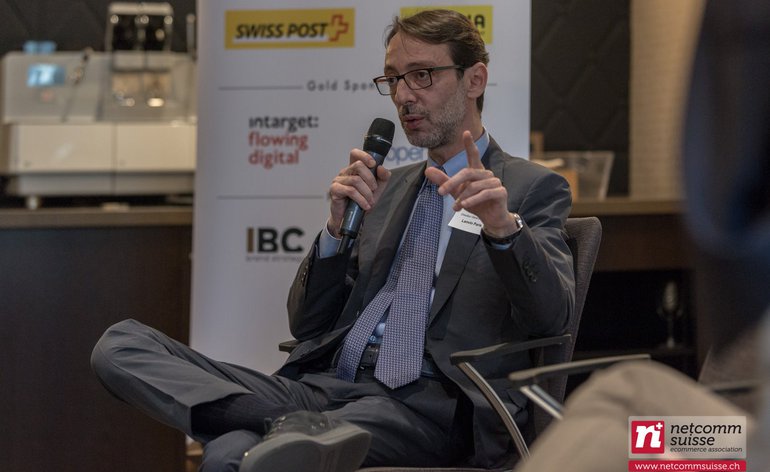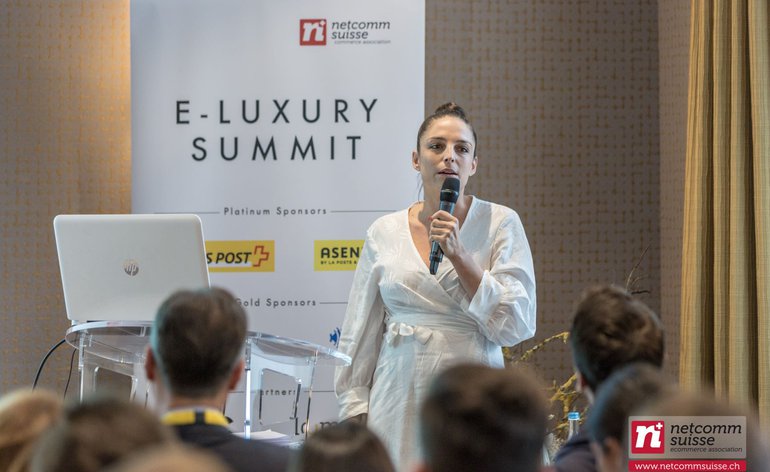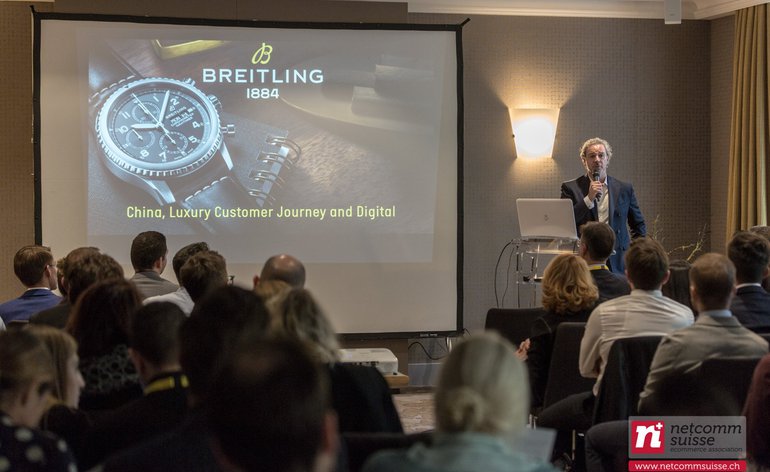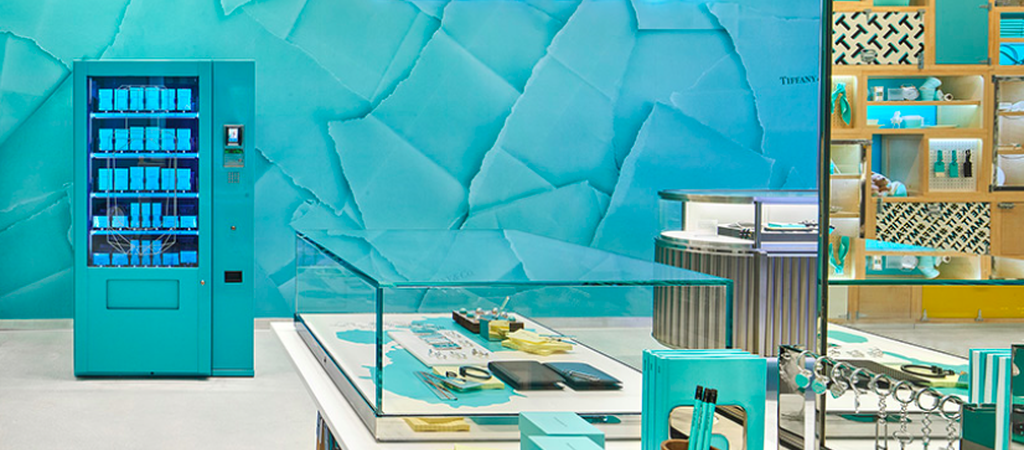Omni-channel is a multi-channel sales approach that provides the customer with an integrated customer experience. The customer can be shopping online from a desktop or mobile device, by telephone, or in a bricks and mortar store but the brand experience would be seamless.
The strategy of creating seamless experiences through multiple resources, Omni-channel, is certainly the future of retail, and for several luxury brands it’s already the present. Industry leaders gathered at Geneva’s Ritz Carlton this October to discuss the rapidly evolving ecosystem that is luxury retail, both in the physical world and in the digital world. NetComm Suisse’s annual e-Luxury Summit featured in-depth insights from some of the top names in luxury including Breitling, Lanvin and BAUME.


“One of key components to succeed in this change that many of us are obliged to take is not to lose the luxury and exclusivity, which is the key factor for luxury brands. This is a big danger that we can have today with the digitalization of luxury brands, that we can kind of have this mass marketing and not being recognized anymore as luxury. Customisation is key,” Lanvin Paris Joint General Director Simone Mantura said.
Tiffany & Co., Cartier, Gucci, and Audemars Piguet are just a few of the luxury brands that are pioneering the way and leading the industry into truly omni-channel retail experiences.
Walk into Tiffany and Co.’s recently launched concept store in London’s Covent Garden and you’ll be greeted with vending machines filled with Tiffany Blue fragrances, big neon signs and flat screens where customers can create their own jewelry designs.
Gucci debuted its “Gucci Hallucination” campaign with Spanish artist Ignasi Monreal as a launching pad for interactive window displays and digital illustrations. With virtual reality, visitors in selected Gucci stores were able to hop into Monreal’s vision of Gucci, entering a dream-like world of fictional creatures and enchanting lights.
The worlds of art, dining, music, technology and even social and environmental activism all seem to be merging into all-immersive experiences.


“Probably you would ask the question, why would you bring a new watch brand to the market when the market is literally flooded with offers? Well, that’s the point. It’s proposing a new way of working. It’s by proposing a strong ID that we will be able to generate change. And that’s exactly the mission and purpose of BAUME,” Marie Chassot, Head of BAUME, said at the summit.
Digitally-Influenced In-Store Purchases
Seventy-five percent of retail purchases are now digitally-influenced, Breitling Chief Digital and Technology Officer Antonio Carriero told guests.
This truly emphasizes how closely different channels of luxury retail must work together in order to be successful– digital activity doesn’t only apply to e-commerce sales, it is a big part of brick-and-mortar retail as well.


“The customer journey is evolving, something has changed for the physical world and the digital world,” Carriero said.
Just take a look at the luxury car industry, for U.S.-based BMW shops, the average number of in-store visits before purchase was four times in 2010. This decreased to 1.4 visits in 2016, and in 2018, averaged at less than one visit before purchasing in store.
“Again, if we go back to the customer journey and think about this very tech-savvy, full of cash millennial, traveling a lot, capable to select, over-empowered by digital. There are many possibilities,” Carriero explained.
360-Approach
According to consulting agency Deloitte, retailers often use the wrong metrics to measure whether their digital strategy is working. Digitally-influenced stores are equally as important as e-commerce sales, the two channels go hand-and-hand (along with many others). All channels need to be seamless in order to retain customer engagement.
“Retailers that prioritize and design digital functionality with the sole purpose of driving sales in the e-commerce channel marginalize the consumer experience and risk ceding authority to competitors,” the Deloitte report reads.
The physical world of retail may not be dying just yet, but with increasingly discerning and demanding customers who know what they want before they even touch it, luxury brands must work harder than ever before to emphasize experience-driven storefronts and beyond.
Source: Luxury Society


